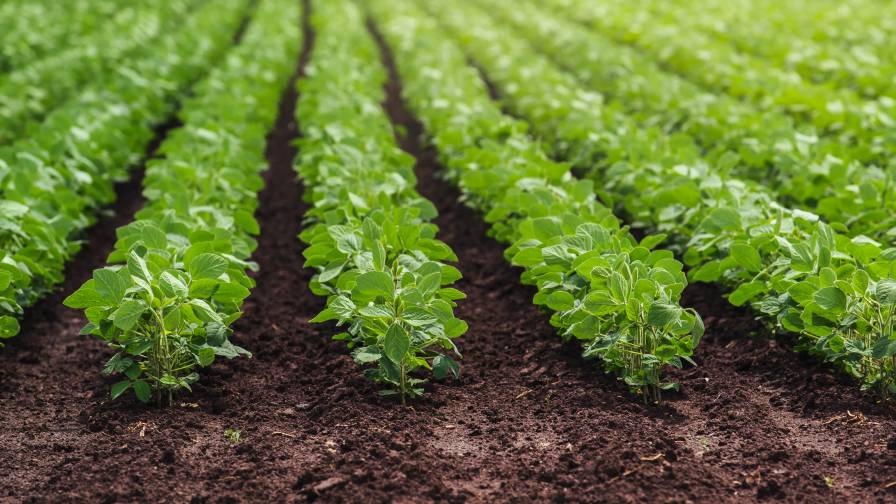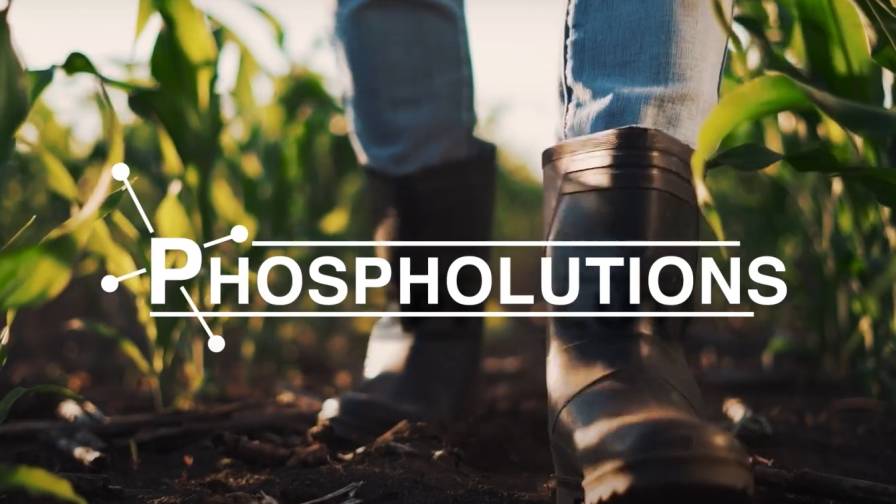Hot, Dry Weather Make It Harder To Control Weeds
While the extended periods of hot, dry weather Ohio has experienced in recent weeks may mean that weeds aren’t growing as fast as they would in more moist conditions, the weather can still have an adverse effect on weed management for growers, an Ohio State University Extension expert said.
Not only does the extended hot, dry weather and drought-like conditions impact the germination, growth, hardiness and competitive ability of weeds, but the dry weather conditions also complicate weed control efforts, said Mark Loux, an OSU Extension weed specialist.
“The biggest thing that happens to weeds when the weather conditions continue to be hot and dry is that the weeds get tougher to control,” he said. “Under good moisture, weeds tend to be more sensitive to herbicides.
“Under extended dry conditions, weeds grow more slowly and also develop thicker cuticles on the leaf surfaces, which has the overall effect of reducing herbicide movement into and throughout the plant.”
While growers often times wonder if they should wait for rain to treat weeds with herbicides or apply treatments now, Loux said, the most important thing to consider is to make sure they select the right herbicide treatment for the weeds they are trying to control.
“Growers should go ahead and spray when the weeds are small,” he said. “With the continued forecasts for little to no rain, you’re better off at this point to just pull the trigger.
“And if you spray now and it does rain and bring on the next growth of weeds, go ahead and spray again.”
Loux said that growers who wait too long could end up losing control of the weeds they currently have and may also have to spray again for the next batch of weeds that emerge in their fields.
“And if you wait to spray and then are forced to use a more aggressive herbicide mix, it can increase the level of crop injury,” he said.
Following are some tips for growers to consider:
- Apply herbicide when weeds are small. Large and old plants become even more difficult to control when subject to extended dry conditions. Prolonged dry conditions also suppress additional weed-seed germination, so the risk of many weeds emerging after an early post-treatment is reduced.
- Optimize adjuvants. Labels for some POST herbicides provide suggestions for revised adjuvant rates or types under dry conditions.
- Dry weather does not usually increase the severity of injury to the crop from herbicides, unless coupled with very hot conditions. But continued dry conditions after the crop has been injured can reduce its ability to recover from injury, or extend the time needed for recovery.
- Applying herbicides when weeds are small minimizes the need for more aggressive herbicide mixtures.
- If you are finding that you can’t control glyphosate-resistant marestail with glyphosate plus either Classic or FirstRate, then adding other herbicides won’t help.
- Instead, walking the fields to remove plants by hand, or at least cutting the tops off later in the season to prevent seed production, is likely the best option.
Continuation of dry weather throughout the summer will reduce the rate of dissipation in soil of certain herbicides, possibly increasing the risk of carryover into next year’s crop.






